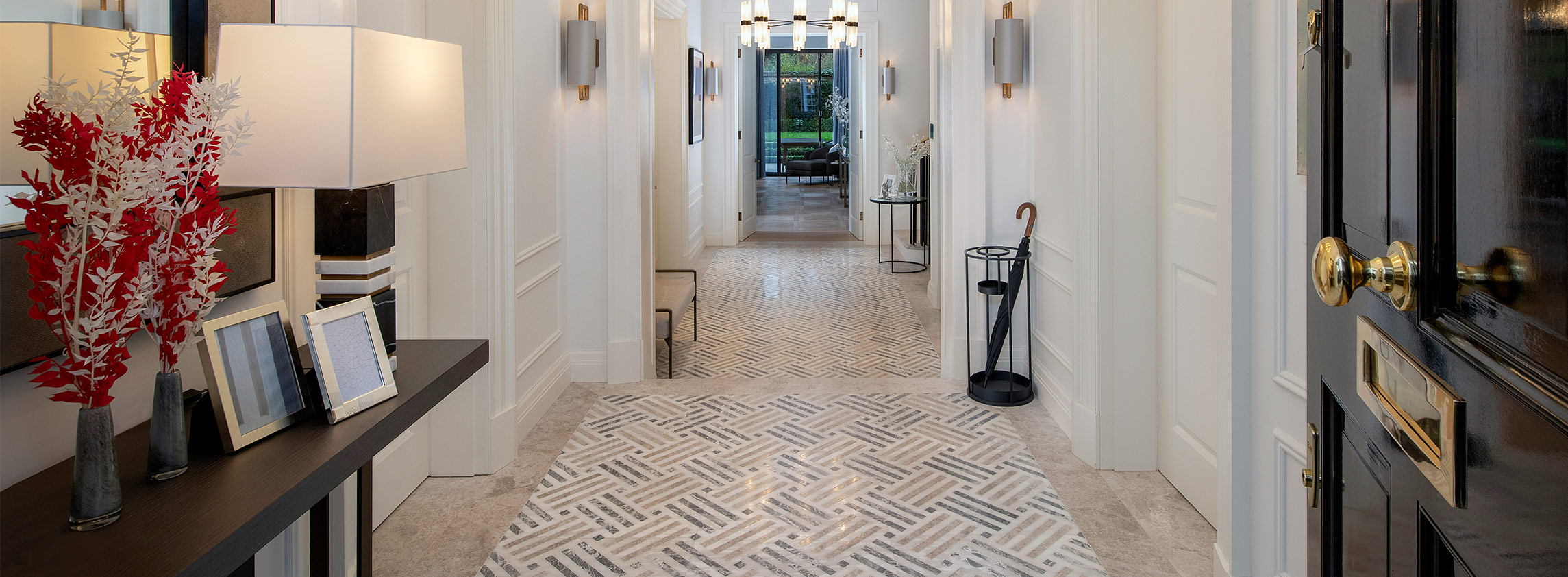Prime central London recorded its first quarterly price growth since the short-lived ‘Boris bounce’ early in 2020. This suggests the market has bottomed out. It is also a marker of the resilience of central London, as this has happened despite the market being largely reliant on domestic wealth over the past year.
Frances Clacy
1. Price growth across all of prime London
Property prices across prime London increased by an average of 0.6% in the first three months of the year. This means that all parts of prime London have now returned to price growth. Prime central London has remained surprisingly robust, despite a lack of international travel, while strong demand for family houses has continued to support prices in the more domestic outer prime London markets. Values here increased by 0.7% on average over the first quarter. This trend has favoured South West London in particular.
During the first three months of 2021, prime central London recorded its first quarterly price growth since the short-lived ‘Boris bounce’ early in 2020. This suggests the market has bottomed out. It is also a marker of the resilience of central London, as this has happened despite the market being largely reliant on domestic wealth over the past year.
That said, values are still 20.5% below their 2014 peak, so this part of London remains a good buy opportunity. This is translating into rising activity levels, something we expect to continue over the coming months, particularly as London begins to regain some of its buzz.
Top end transactions have continued with strong momentum. There were 97 sales of property worth £5 million or more across the capital in Q1 2021, roughly on par with the number seen during the post-election ‘Boris bounce’ in the early months of 2020 and 57% higher than in the first three months of 2019.
Across outer prime London, more space and private gardens continue to be strong drivers of demand. South West London remains the top performer with growth of 1.3% during Q1 2021. The family house markets of East Sheen, Fulham, Putney, Wandsworth and Wimbledon have all seen growth of more than 1.5% during the last three months.
We’ve also seen a pickup in activity in East London. Values across Clerkenwell, Shoreditch, Victoria Park and Wapping increased by more than 1.0% during the first quarter.
4. Early signs of back-to-work planning
In Q1, Canary Wharf values fell by 2.5%, leaving them 9.9% below their 2014 peak. However, we know that in recent weeks, back-to-work planning has begun as both young professionals in the finance sector and those looking for a weekday pied-à-terre have started to act on the value on offer here.
5. The park premium and evolving priorities
The price of living close to open space has also increased over the past year. Buyers can expect to pay a premium of 15.3% to live within 100m of one of central London’s parks, up from 13.4% in 2015. Want to be closer still? Then the premium increases to 28.1% for properties within 50m of a park.
The same trend is also playing out across the wider prime London market as the pandemic has had an impact on what buyers consider to be most important in a home. A year ago, only 31% of London respondents to our recent buyer and seller survey ranked proximity to a park as one of their top two priorities. That figure is now 57%.
In comparison, proximity to a tube station or place of work have become less important. Only 39% of respondents ranked being close to a tube as one of their top two priorities, compared with 63% a year ago. This is likely to sustain demand, particularly from families, in the outer prime London markets.
6. Outlook for prices and buyer activity in prime London sales
Prices across prime central London have looked good value for some time and we know the market was poised for a recovery prior to the pandemic.
In the past, this part of London has rebounded quickly and the rollout of vaccines around the world gives us confidence that travel corridors will reopen. There remains pent-up demand from those who have been unable to travel and view properties in person, so we expect prices will begin increasing more significantly during the second half of 2021 before a more sustained recovery during 2022.
Levels of global wealth, the tax environment and any political uncertainty surrounding the general election in 2024 will largely determine longer-term price movements. But the fundamentals that underpin central London’s housing market will remain, and demand is likely to continue strengthening once the signs of the Covid-19 effect have dissipated.
Demand from those looking for more space will continue to dominate the outer prime London markets, in the short term and least. Confidence will also be boosted by the relaxation of social distancing measures and the continued support from the Government for both the economy and the housing market.
Longer term, once the Government looks to regain some of the costs of its pandemic support packages, the domestic tax environment is likely to dictate price movements as this may impact on buyer spending power in these markets. This is something we’re likely to see once the economy has seen a more significant recovery.
Prime Price forecasts
.jpg)
Source: Savills Research | Notes: These forecasts apply to average prices in the second hand market. New build values may not move at the same rate.
< View our latest Q1 2021 updates here.
For more information, please contact your nearest London office or arrange a market appraisal with one of our local experts.
